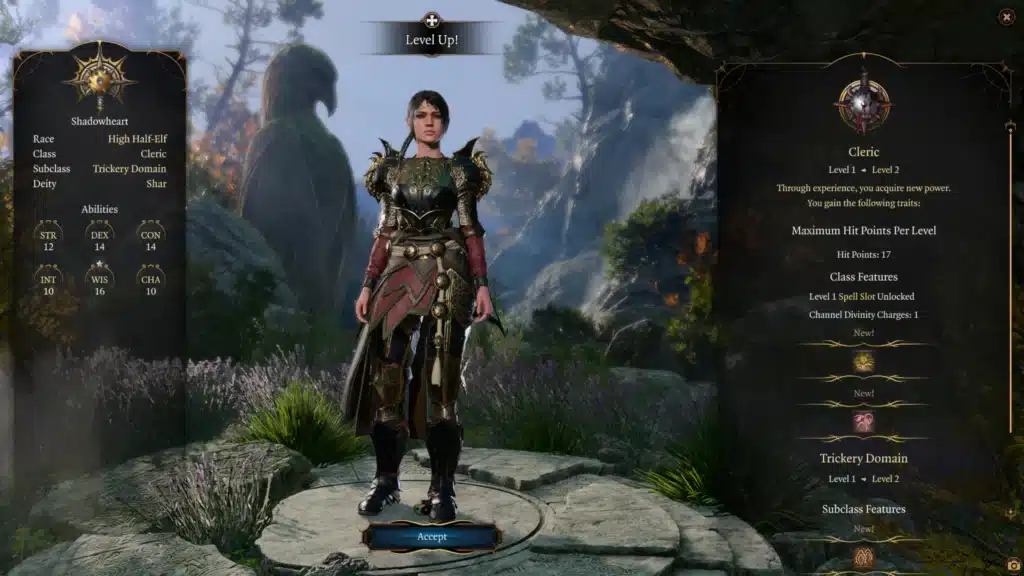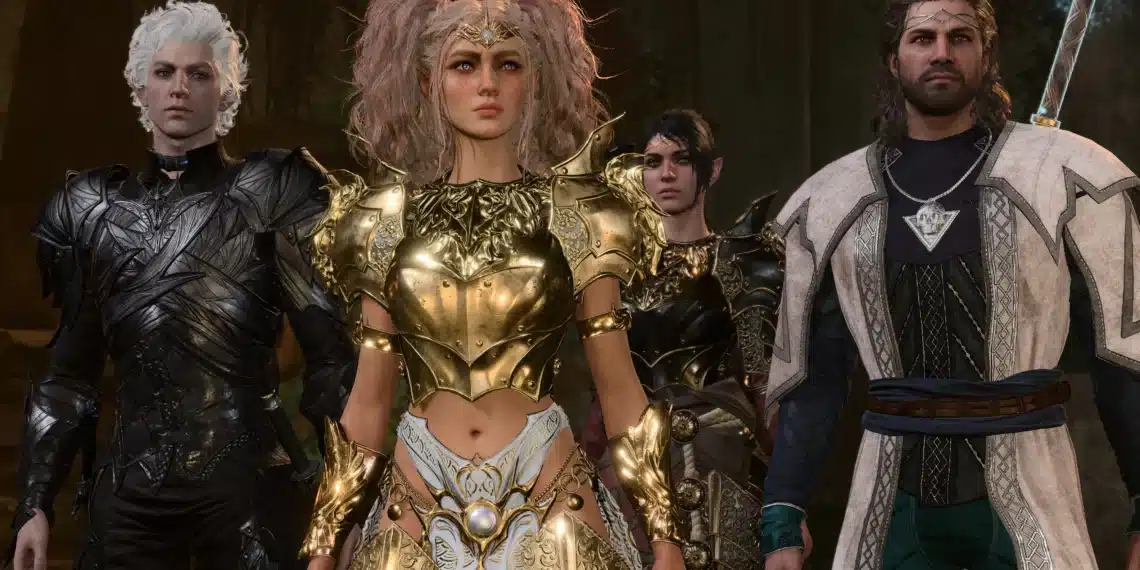Baldur’s Gate 3, developed by Larian Studios, has garnered much anticipation and excitement as the latest installment in the beloved Baldur’s Gate series. As players delve into the immersive world of the Forgotten Realms once again, it is worth exploring the significant changes and advancements that distinguish Baldur’s Gate 3 from its predecessors, Baldur’s Gate 1 and 2. In this article, we will compare and contrast the key elements of these games, highlighting the evolution of the series and the new experiences that Baldur’s Gate 3 brings to the table.
Key Takeaways:
- Baldur’s Gate 3 will drop the isometric perspective from previous games
- The third entry will also expand upon the customization options of the previous games
- The previous entries focused on a predefined protagonist, Baldur’s Gate 3 will have players make their own
- Interactivity with environments will play a huge role in the third game
- Share your favorite moments in Balder’s Gate 1 and 2 on the Z League App
One of the most apparent changes in Baldur’s Gate 3 is the shift from the isometric perspective of its predecessors to a fully realized 3D world. While the original Baldur’s Gate games were renowned for their top-down view, Baldur’s Gate 3 immerses players in a visually stunning and dynamic environment. The transition to 3D allows for more detailed character models, breathtaking landscapes, and enhanced visual effects, breathing new life into the world of the Forgotten Realms.
Another notable difference is the introduction of a turn-based combat system in Baldur’s Gate 3, in contrast to the real-time with pause system of its predecessors. This change aligns Baldur’s Gate 3 with the Dungeons & Dragons 5th Edition ruleset, offering a more strategic and tactical combat experience. The turn-based approach allows players to carefully plan their actions, consider their surroundings, and execute their strategies with precision, fostering a deeper level of engagement and decision-making.
In terms of character creation and customization, Baldur’s Gate 3 expands upon the options available in its predecessors. While the original games provided a range of classes, races, and abilities, Baldur’s Gate 3 offers even greater flexibility and depth. Players can delve into intricate character backgrounds, select from an expanded list of classes and subclasses, and make choices that shape their character’s personality and goals. The increased customization options empower players to create unique and diverse characters, enhancing the immersion and personalization of their journey.

The narrative and storytelling in Baldur’s Gate 3 also take a different approach compared to its predecessors. While Baldur’s Gate 1 and 2 presented a linear narrative with a predefined protagonist, Baldur’s Gate 3 introduces a more open-ended and player-driven experience. Players have the freedom to shape their character’s story and make choices that influence the overall narrative. The game emphasizes the consequences of these choices, creating a sense of agency and allowing players to truly shape the outcome of their adventure.
Interactivity with the environment is another area where Baldur’s Gate 3 sets itself apart. While the original games had limited environmental interactions, Baldur’s Gate 3 introduces a wealth of possibilities. Players can manipulate objects, use the environment strategically in combat, and even explore verticality with climbing and jumping mechanics. This added layer of interactivity enhances the immersion and provides new avenues for creative problem-solving and exploration.
Furthermore, the technical advancements in Baldur’s Gate 3 are evident, taking advantage of modern hardware capabilities. The game boasts improved graphics, realistic lighting, and impressive physics simulations, all contributing to a more immersive and visually stunning experience. Additionally, Baldur’s Gate 3 benefits from the latest gaming technologies, such as ray tracing and advanced audio design, further enhancing the overall immersion and audio-visual fidelity.
While Baldur’s Gate 3 introduces many changes and advancements, it also pays homage to its predecessors by maintaining the core essence of the Baldur’s Gate series. The focus on rich storytelling, memorable characters, and deep role-playing mechanics remains a fundamental aspect of the game. The interconnectedness of quests, the presence of companions with their unique backstories, and the attention to detail in world-building all harken back to the beloved aspects of the earlier games.
In conclusion, Baldur’s Gate 3 represents an evolution of the series, embracing new technologies, gameplay mechanics, and narrative approaches while staying true to its roots. The transition to a fully realized 3D world, the introduction of turn-based combat, expanded character customization options, and greater interactivity with the environment all contribute to an enriched and immersive experience. With its commitment to preserving the essence of the Baldur’s Gate series, Baldur’s Gate 3 invites both newcomers and longtime fans to embark on a new and captivating journey through the realms of the Forgotten Realms.



